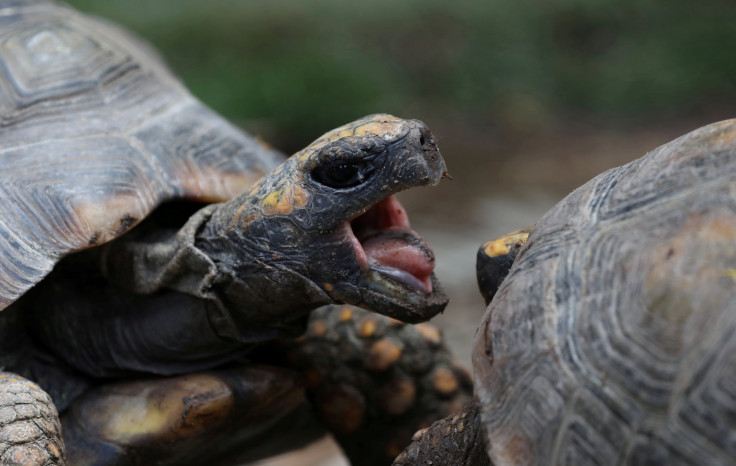Wisconsin's 'Turtle Tunnel' Allows Turtles To Have Safe Passage To Other Side
One doesn't need to be an activist to know that animals also have the right for safe passage, especially when crossing the street. There's no need to put up a pedestrian lane, too. All it takes is just a good motive and a dash of creativity.
Three years ago, the Wisconsin Departments of Transportation and Natural Resources joined forces with the University of Wisconsin-Stevens Point and created an underpass beneath the busy – and deadly – Highway 66.
According to Mother Nature Network, the tunnel came in a time when animals, especially turtles, are involved in mass roadkill. In 2015, the source pointed that 66 turtles were killed while attempting to cross the highway.

Alongside the tunnel, the team also installed “low fencing” along the roadside for added protection. The “noble effort” however didn't immediately had the impact that they wanted.
“Turtles took a bit to figure out what to do,” said herpetologist and University of Wisconsin-Stevens Point associate professor Pete Zani.
Although he admitted that some of the turtles “went right through the tunnel,” there were some who “struggled” to understand the benefits of the underpass to their safety and security.
Animals have their own mental state on how they understand their surroundings, so Zani helped the turtles by adding a bit of ingenuity.
This is a view of the tunnel. You can see how the sunlight shines through the grates they installed, and how aluminum flashing at the end of the tunnel shows the turtles that, yes, this passes all the way through. pic.twitter.com/oBIcNabfJN
— Rob Mentzer (@robertmentzer) July 10, 2019
The team took time to improve the tunnel so that it appeals to the turtles as a direct and safe line to the other side rather than a “dark and potentially dangerous hole.” Among those that Zani pointed is the installation of a “light-colored backdrop of sheet metal” to both ends of the tunnel. These help reflect light, as well as the sky so that the turtles will know that there is indeed some truth to the proverbial “light at the end of the tunnel.”
In addition to the backdrop, Zani also made grates to make the tunnel “less shadowy,” as well as a small cul-de-sac as a sign for turtles who had “missed the tunnel to turn around.”
There are also “one-way slippery slides,” or excluders to help small animals that get trapped along the fencing.
While the tunnel has helped turtles survive their adventure to the other side of the road, Zani admitted that it is “still not perfect, but better.” It also helped in the decrease of turtle mortality rate with only 44 reported deaths since the tunnel was constructed in 2016.
Other animals are using the “turtle tunnel,” too. In an experiment conducted by Zani and his students, they found out that several rodents, mink, skunk, raccoons and the occasional house cat have found their way to the underpass.





















